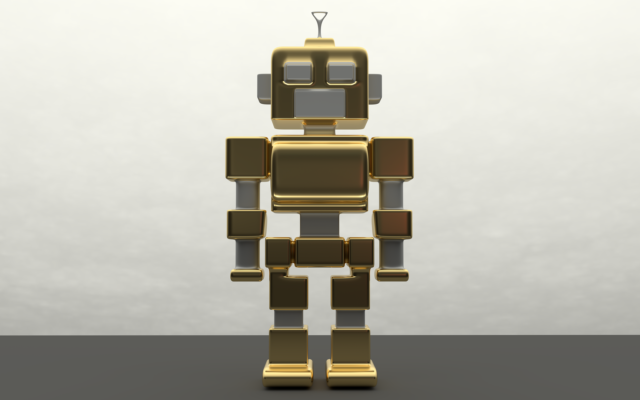I recently attended a debate called “How soon will robots run UK public services?” the write-up can be found here. What struck me about the debate was that it essentially gravitated to two subjects – Artificial Intelligence, and job losses. I’m not saying they’re not relevant and I get it that it’s what engages the public but what we need to be talking about is the ‘mundaneness’ that robots can take away.
That’s actually the sexy stuff that they can do, they take away the drudgery of repetitive tasks augmenting our jobs an allowing us to get on with the things that need that human touch
Before I continue I would like to set the context in which I will refer to robots. When I talk about robots today I am referring to software robots, not an arm that will pass you an apple or a cute looking robot that walks around. The robots I talk about can’t be seen as they are software running in a cloud somewhere. None the less they do act as if they are a human that is using a computer just like someone sat at their desk.
Robots in the sense I have just described could have a profound effect on public services for the positive, our local authorities have been under substantial financial pressure for many years now, they are constantly battling with budgets being squeezed, demands for better service from the public, a population that is increasing and also ageing. It is time to take the automation of public service seriously.
Each local authority essentially delivers the same services to citizens however they may use different software solutions and do things in slightly different ways, some of the higher performing councils have already automated many tasks, streamlining the interaction with citizens and often delivering a very high-quality service. Others have struggled with ageing IT systems, very manual processes that are slow and of lower quality.
Automation is an answer, many processes are repetitive, mundane and relatively straightforward, imagine if we could offload those tasks to a robot who will complete them without question and will do it 24 hours a day and will do it with 100% accuracy. Well, we can!
It does not stop at the simple tasks, we have all seen the “chat” option when we use a website, imagine using chat and asking to change address, the operator needs to confirm your identity, ask for your new address and then confirm they have the new address before they can update their systems (which could be 5 or more separate systems). Now imagine all of that process including the chat being fully automated, this is possible today, you can converse with the robot, and it can then go off and update the systems of record.
Being more human
The automation of processes does not mean that we don’t need the humans, in fact it is quite the opposite. By automating the mundane we allow humans to do what they do best – providing that human touch. Imagine automating the paperwork for a nurse, allowing them to deliver more of the caring services they joined the profession for.
When authorities want to improve processes the challenge they have are that their people are busy delivering those essential frontline services, the automation of the mundane will free those people and their knowledge to improve current services and evolve newer services, the operators become innovators.
Robotic Process Automation or Intelligent Automation are not things to be feared they are tools that will allow the augmentation of human activities to deliver better quality services for less money and in shorter timeframes that we thought possible.
Article by channel:
Everything you need to know about Digital Transformation
The best articles, news and events direct to your inbox
Read more articles tagged: AI, Automation, Featured







